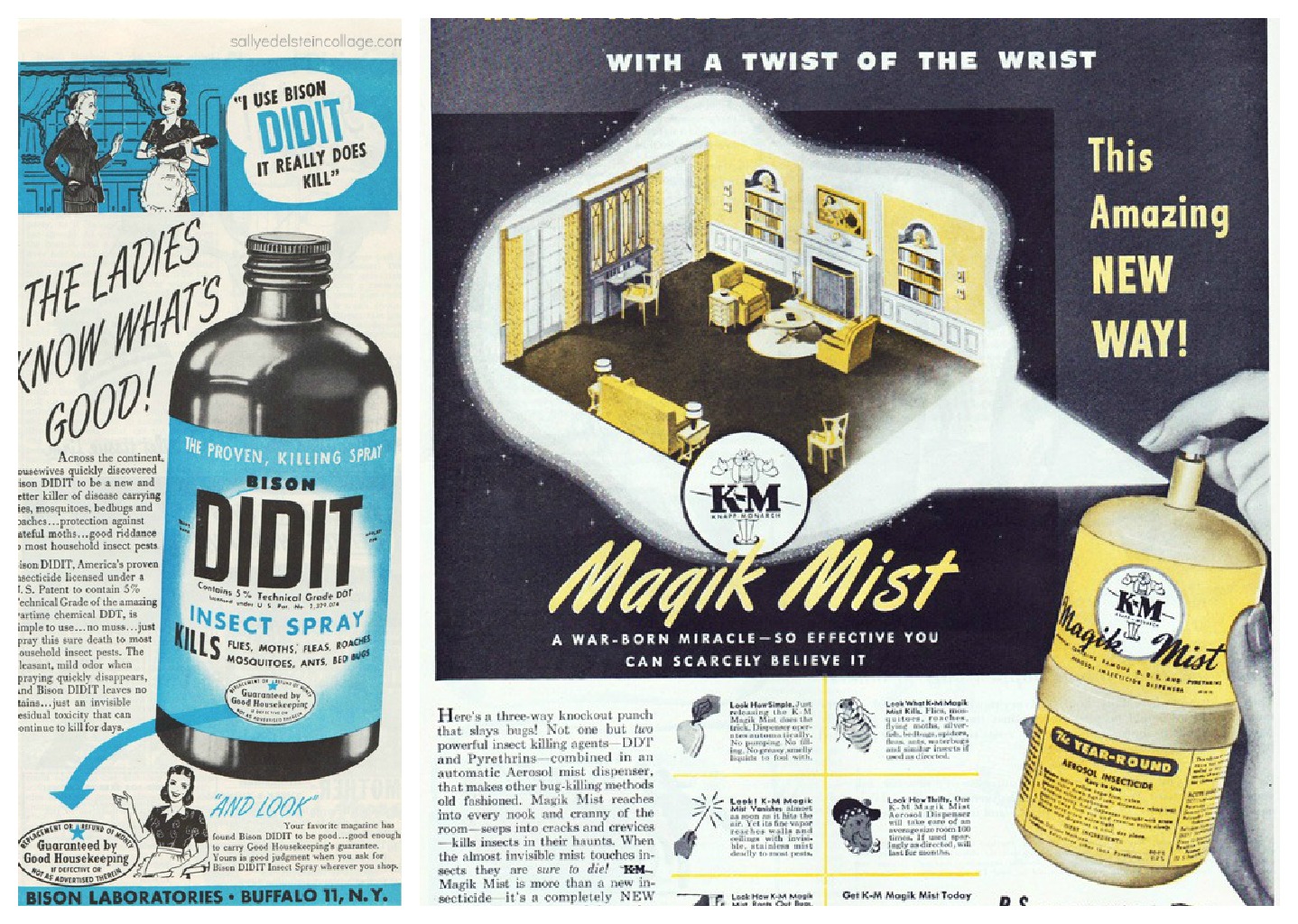by Kristine Schmucker, HCHM Curator
An earlier post, included a 1953 photo from "Kid Day" at Newton High School. Although I have yet to discover when this tradition was started, we do have fun glimpses into the activities it included over the years.
An earlier post, included a 1953 photo from "Kid Day" at Newton High School. Although I have yet to discover when this tradition was started, we do have fun glimpses into the activities it included over the years.
A large collection of photographs belonging to Newton native Myra Utz was recently donated. Among the photos in an album featuring Myra's younger years was a page labeled "Kid Day '37'".
 |
| Myra Utz Photograph Album 1920-1938 HCHM Photo Archives |
 |
| Evening Kansan Republican, 21 May 1937 |
 |
| Jean Trouslot, with an all day sucker 'Kid Day' 1937 Myra Utz Collection HCHM Photo Archives |
"Everyday dignity was forgotten" as the seniors came to school dressed as children and performed for a special assembly. Several Seniors sang, recited poetry and played the piano. The program was followed by a picnic lunch at Athletic Park. The entire school was let out for the event.
 |
| The Weekly Newtonian: Senior Edition, 20 May 1937 HCHM Archives |
Then the "tug of war at the tenth street bridge between the two rival classes of N.H.S.".
 |
| Tug of War - 1937 Sand Creek by Athletic Park Utz Collection |
The Seniors and Juniors faced off with the chilly water of Sand Creek between them.
 |
| Tug of War Sand Creek at the Broadway Bridge HCHM 89.30.6 |
 |
| Tug of War Cook Collection HCHM 2012.169.049 |
 |
| Tug of War Cook Collection HCHM 2012.169.048 |
No announcement of which class took a dip in the Sand Creek could be found.
 |
| End of Tug of War Cook Collection HCHM 2012.169.050 |
Our upcoming exhibit, "Games People Play" will feature group games, like tug of war. What were some of your favorite group games? Do you have a photo or story to share? We love to hear it and maybe include it in the exhibit.
Sources
- The Weekly Newtonian: Senior Edition, 20 May 1937
- Evening Kansan Republican, 21 May 1937
- HCHM Photo Archives
Games People Play, which will open in February 2014, will include board and card games. There will also be arcade and computer games. Watch our blog and facebook for opportunities to share stories about other games.
Connect with us on
or














